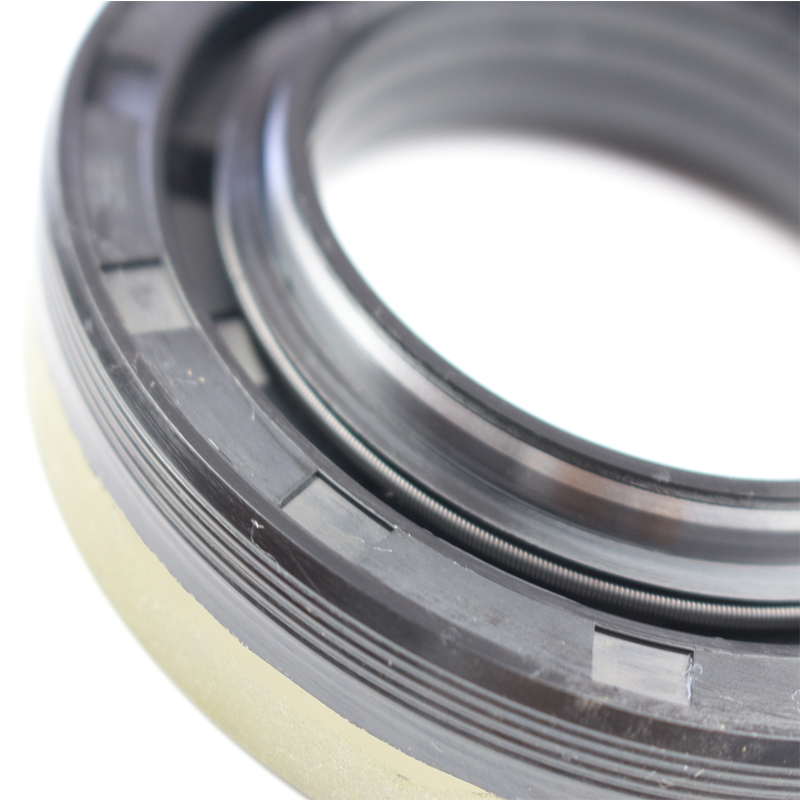oil seal manufacturing
The Manufacturing Process of Oil Seals A Comprehensive Overview
Oil seals, also known as shaft seals, are critical components in various mechanical systems, tasked with preventing the leakage of lubricants and fluids while keeping contaminants out. Their importance spans across diverse industries, including automotive, aerospace, manufacturing, and more. The manufacturing process of oil seals involves several meticulous steps, each contributing to the seals' performance and longevity.
Materials Used in Oil Seal Production
The first step in oil seal manufacturing is selecting appropriate materials. Oil seals are typically made from elastomers like nitrile rubber (NBR), fluorocarbon (FKM), or silicone. The choice of material depends on the operating environment, including temperature range, chemical exposure, and mechanical stress. NBR is popular for its excellent oil resistance, while FKM is preferred for high-temperature applications. The selected material undergoes a rigorous testing process to ensure it meets industry specifications and performance standards.
Design and Engineering
Once the material is chosen, engineers design the oil seal using advanced computer-aided design (CAD) software. The design phase involves creating precise dimensions, shapes, and features to suit specific applications. The seal must be engineered with appropriate tolerances to ensure a perfect fit on the shaft. This step often includes simulations to analyze the seal's behavior under various operating conditions, helping to predict performance and lifespan.
Molding Process
After finalizing the design, the next step is the molding process. The production of oil seals typically involves compression or injection molding. In compression molding, pre-measured rubber compounds are placed into a mold and subjected to heat and pressure. In contrast, injection molding injects the rubber material into a heated mold, allowing for more complex designs and faster production rates. The choice of molding technique affects the seal's surface finish, density, and mechanical properties.
oil seal manufacturing

Curing
Curing, or vulcanization, is a critical phase in the manufacturing process. This step involves heating the molded seals to form cross-links between the polymer chains in the rubber, enhancing the material's strength, elasticity, and resistance to wear. The curing time and temperature are carefully controlled to ensure optimal results, as inadequate curing can lead to inferior performance and failure in service.
Quality Control
Quality control is paramount in oil seal manufacturing. Each batch of seals undergoes rigorous testing that includes dimensional inspection, hardness testing, and performance testing under simulated operating conditions. Advanced techniques such as X-ray or ultrasound inspection may be employed to detect any internal defects or inconsistencies. These measures ensure that the oil seals produced meet or exceed industry standards for reliability and durability.
Final Assembly and Packaging
Once quality control is completed, the seals are ready for assembly. In some cases, additional components such as springs or metal reinforcements may be added to enhance performance. After assembly, the oil seals are packaged for shipment, ensuring they are protected from damage during transit. Proper packaging also includes labeling to provide essential information regarding the product specifications and handling instructions.
Conclusion
The manufacturing of oil seals is a complex yet fascinating process that combines material science, engineering, and quality assurance. Each step, from raw material selection to final packaging, plays a crucial role in delivering high-quality oil seals that can withstand the rigors of various applications. As industries continue to evolve, the demand for innovative and efficient sealing solutions grows, pushing manufacturers to adopt new technologies and methodologies to stay ahead in the market.
-
Simplifying Oil Changes: A Comprehensive Guide to Oil Drain Plugs and Their Variants
News Aug.04,2025
-
Mastering Oil Drain Maintenance: Solutions for Stripped, Worn, and Upgraded Oil Plugs
News Aug.04,2025
-
Fixing Oil Pan Plug Issues: Leaks, Stripped Nuts, and the Right Replacement Solutions
News Aug.04,2025
-
Everything You Need to Know About Oil Drain Plugs: Sizes, Fixes, and Upgrades
News Aug.04,2025
-
Choosing the Right Oil Drain Plug: A Guide to Sizes, Materials, and Drain Innovations
News Aug.04,2025
-
A Complete Guide to Automotive Drain Plugs: Types, Problems, and Innovative Solutions
News Aug.04,2025
-
The Ultimate Guide to Car Repair Kits: Tools and Essentials Every Driver Should Own
News Aug.01,2025
Products categories















